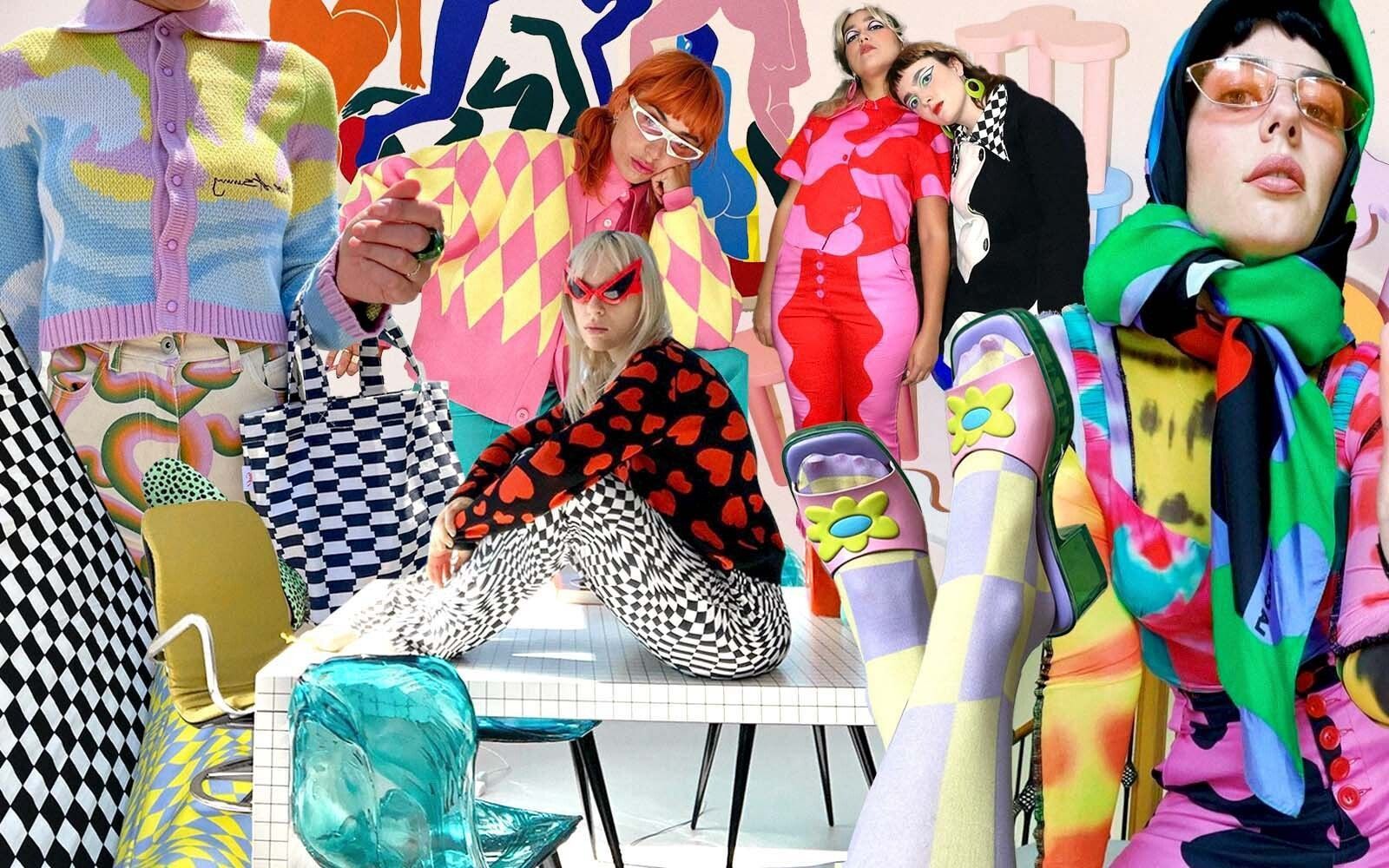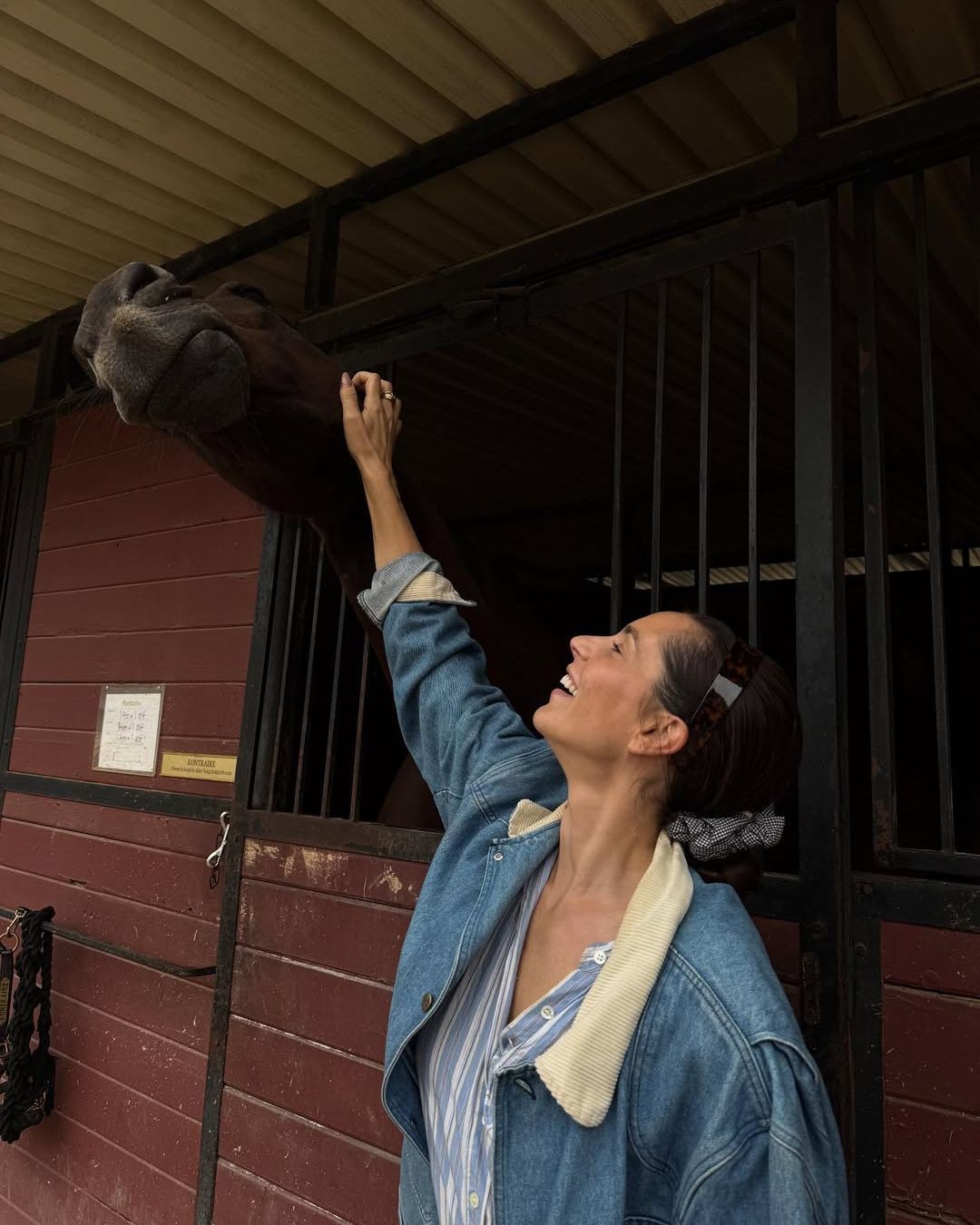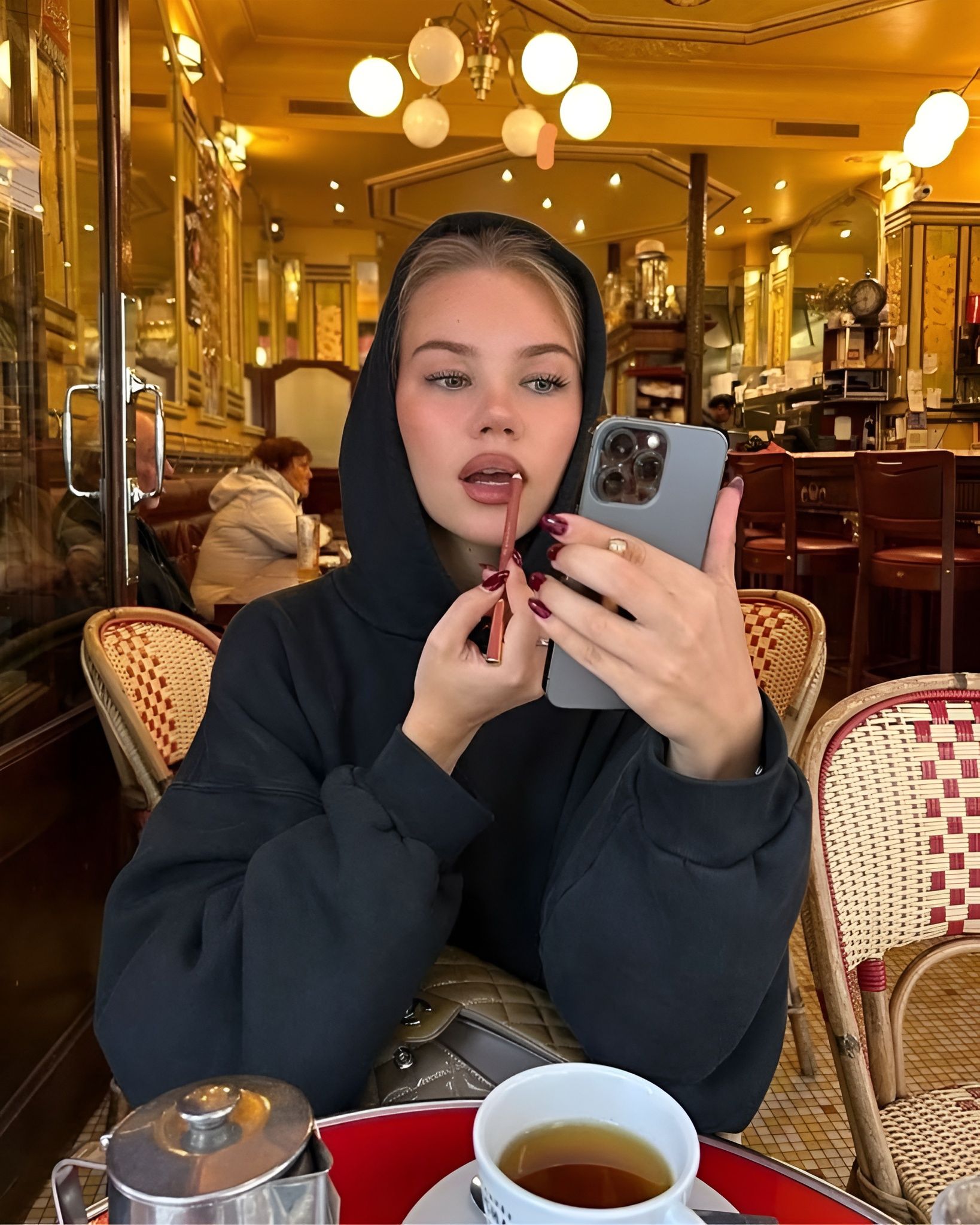
The unstoppable coolness of the Avant Basic style What lies behind the maximalist aesthetic that is trending on Instagram?
On 22 December 2020, British writer and trend hunter Emma Hope Allowood posted a tweet christening the term Avant-Basic as the aesthetic of "extravagance in the age of mechanical reproduction, the effortless vintage [...] Summer from 500 Days of Summer, if she were an Insta-girl with a mullet". The term Avant-Basic thus refers to the kind of maximalist, extravagant and hyper-colored aesthetics that have conquered social media and spanned different areas, from fashion to design to art thanks to the super-popular DIY home decor and fashion videos. In stark contrast to the quarcore or infit style - that category of "quarantine" clothing made up of sporty sets, oversized sweatshirts and soft trousers strictly unisex and in neutral colors - and in stark contrast to a sober and minimal-chic idea of fashion, Avant-Basic becomes the expression of a desire to live, dress and inhabit in a naive, playful way, in the same way as kitsch.
With summer just around the corner, the need to banish the winter spleen with eccentric garments and extravagant accessories is becoming urgent and - much to the chagrin of the Olsen twins - the Instagram algorithm has already begun to select for our exploration a profusion of geometric patterns and animal prints, acid hues and pastel colors, all of which specify the maximalist Avant-Basic universe.
@sincerely.grae the name for the new emerging aesthetic: “Avant-Basic”! What are your thoughts? #avantbasic #ChipsGotTalent #fashiontiktok #IFeelWeightless Strawberry - Prod by Rose
A definition that emphasizes the avant-garde and irreverent impetus among the trend's followers, while contrasting it with the term basic - which rarely has a positive meaning in fashion - with reference to the trends made mainstream by the excessive exposure of the trend on social media during the pandemic. As is often the case, this massification is due to the ubiquitous and imposing presence of the fast-fashion giants, ever quicker to reproduce and distort every creative impulse of the most cult brands. Lisa Says Gah!, Gimaguas, Paloma Wool and the Scandinavian Ganni, Stine Goya and Baum und Pferdgarten have identified themselves on the market as landmarks of Avant-Basic, soon to be copied by fast-fashion, which reproduces in a cheap version cropped silhouettes and cow-print trousers. The result is an even more homologizing effect, soon resulting in an overposting of photos of super-aesthetic bedrooms, candy-pink mirrors accompanied by the hashtag #foammirror or #chunkyrings, tight tank-tops with psychedelic patterns and checked-print miniskirts of dubious origin.
However, one should not confuse the frivolous and superficial trappings of fast-fashion with the cultural and artistic references on which the much-controversial Avant-Basic trend has its roots. To begin with, one of the main precursors of the maximalist aesthetic in the world of design was the famous Ettore Sottsass, founder of the Memphis Group and inventor of the much emulated Ultrafragola mirror, the direct ancestor of the foam mirror. An article in the monthly Domus dedicated to the Memphis Group states that the collective "aimed to take a distance from modernity, with its instances of functional exactitude and formal reduction. The repertoire Memphis drew on ranged from Art Deco to Futurism and Pop Art, embraced kitsch and blatantly opposed the codified norms of good design".
It was a pop vision that inspired the contemporary Avant-Basic style, which has thus acquired an extreme topicality and social relevance. From accessories - which deliberately draw on the allure of the unattractive - to the most extravagant and deliberately inconsistently matched garments, it offers a much more fluid and less elitist vision of the concept of fashion, marking a turn towards more inclusive aesthetic codes.
A proper community of emerging designers has developed around this trend, demonstrating the rare ability to capture the spirit of the times by adopting the right dose of self-irony and lightness that fashion really seems to need. It might sound like conformism, yet the community of creatives revolving around the Avant-Basic maximalism boom is incredibly anti-conventional, but above all feminine and queer.
Just take a look at the profile of Elisa Arienti - founder and designer of the brand @LaComeDi - to regain the freedom to dress in an uninhibited way, regardless of social norms and formal purity of minimalism. Her brand was born as a hybrid of fashion and design, developed between the cities of Milan and Dubai. The collections are inspired by the 1960s and 1970s groove scene, urban and natural life and the creations of designers such as Victor Vasarely and Ettore Sottsass, in a profusion of spiral, checkerboard and spotted prints. The brand's highly curated Instagram page exudes all the vibes of the Italo-Disco mood, showing the artisanal side of the collection characterized by the great virtue of appearing extremely photogenic in its formal imperfection.
"If you can't hide it, paint it red" is the statement that architect Simon Townsend Jacobsen ultimately attributes to the maximalist aesthetic. Impossible to hide, but necessary to flaunt in virtue of that rightful awareness of the importance of being ironic about oneself and one's outer appearance, to claim a more sincere idea of beauty, that of freedom of expression.
























































